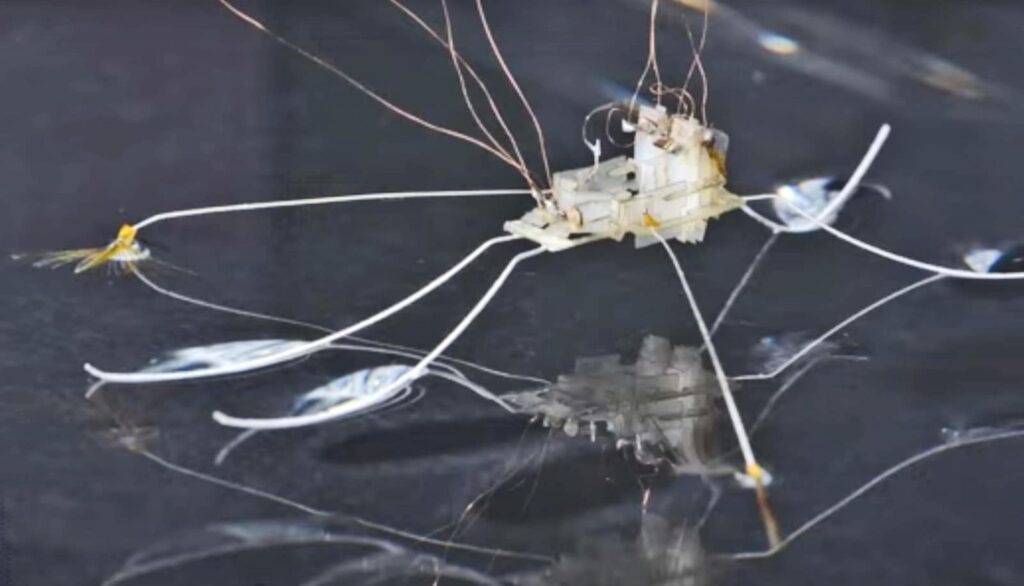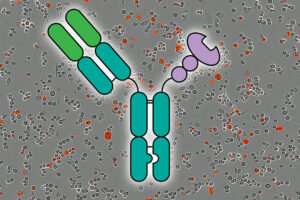
Researchers at the Georgia Institute of Technology have unveiled a groundbreaking study that reveals how tiny water bugs use fan-like propellers to achieve remarkable speeds, reaching up to 120 body lengths per second. This discovery has led to the development of a novel insect-sized robot, which could revolutionize the design of small machines capable of operating in challenging environments such as floods.
The study, published in the journal Science, highlights the unique mechanism by which these insects, about the size of a grain of rice, utilize the water’s surface tension and elastic forces. This allows them to morph ribbon-shaped fans on their legs to slice through water and change direction rapidly.
From Nature to Innovation
Saad Bhamla, an associate professor at Georgia Tech’s School of Chemical and Biomolecular Engineering and one of the study’s authors, expressed surprise at the findings. “Scientists thought the bugs used their muscles to control the fans, so we were surprised to learn that surface tension actually powers them,” Bhamla noted.
Understanding this mechanism enabled the research team to construct a self-deployable, one-milligram fan, which they integrated into an insect-sized robot. This robot can accelerate, brake, and maneuver with precision, opening new avenues for energy-efficient and adaptive microrobots designed for use in rivers, wetlands, or urban flood zones.
Collaborative Efforts and Technological Breakthroughs
The research team, which included experts from the University of California, Berkeley, and South Korea’s Ajou University, focused on the millimeter-sized Rhagovelia water bug. These insects glide across fast-moving streams using their fan-like propellers, which passively open and close ten times faster than a blink of an eye.
Victor Ortega-Jimenez, the study’s lead author and a former Georgia Tech research scientist, first observed these ripple bugs during the pandemic. “These tiny insects were skimming and turning so rapidly across the surface of turbulent streams that they resembled flying insects,” said Ortega-Jimenez, now an assistant professor in Berkeley’s integrative biology department.
The next phase involved creating a robot inspired by these water striders. Ajou University Postdoctoral Researcher Dongjin Kim and Professor Je-Sung Koh played a pivotal role by capturing high-resolution images of the fan’s design using a scanning electron microscope.
Potential Applications and Future Directions
Professor Je-Sung Koh, a senior author of the study, emphasized the significance of these findings. “Our robotic fans self-morph using nothing but water surface forces and flexible geometry, just like their biological counterparts. It’s a form of mechanical embedded intelligence refined by nature through millions of years of evolution,” Koh explained.
Such efficient mechanisms are crucial for overcoming the limitations of miniaturization in conventional robotics. The research lays the groundwork for developing compact, semi-aquatic robots capable of exploring water surfaces in fast-flowing environments.
Support for this research came from the National Science Foundation and the National Institutes of Health. The findings and conclusions presented in the study reflect the authors’ views and not necessarily those of the funding agencies.
This development represents a significant step forward in biomimetic design, where nature-inspired innovations pave the way for technological advancements. As researchers continue to explore the potential of these insect-inspired robots, the possibilities for their application in real-world scenarios are vast and promising.





